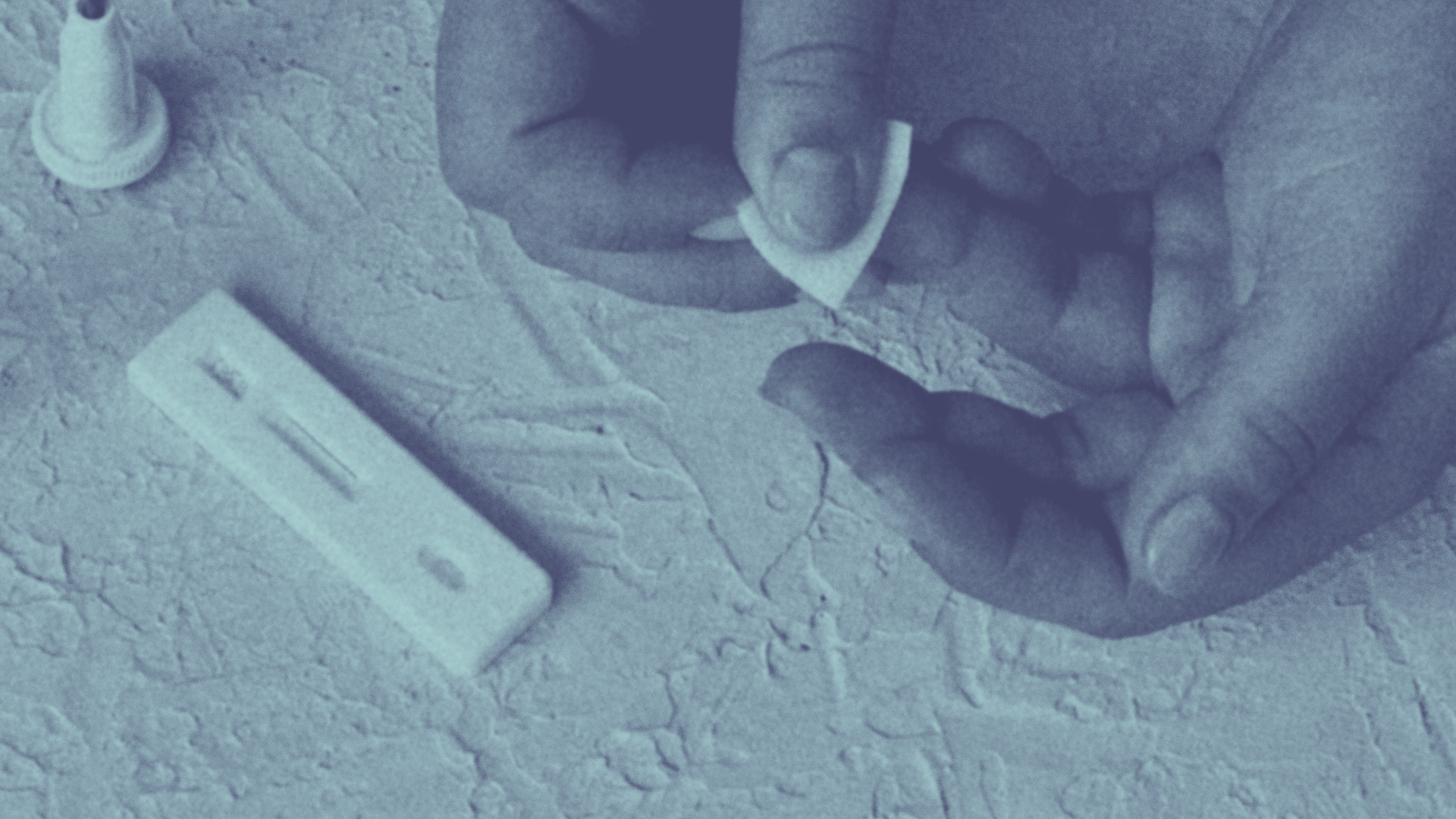Rapid HIV Testing – Peer-led Testing
FREE Rapid HIV Testing in Adelaide
Our Rapid HIV Testing offers a free, comfortable testing experience for men and trans and gender diverse people.
Our tests are done by one of our skilled peer-testers – the people doing the rapid testing are peers not doctors or nurses.
With a simple finger-prick test, you will find out your result in just 20 minutes.
Where and when is it open?
-
Located at SHINE SA Hyde Street Practice, 57 Hyde Street, Adelaide.
-
Available Fridays between 2:00 and 4:00 pm (except Public Holidays).
-
Book online or Walk-In and Wait for the first available peer tester.
How does rapid testing work?
A finger prick blood sample is taken and placed onto the test strip which then develops for 20 minutes revealing a result.
When should I get a test?
We recommend getting tested every three months. It helps make testing part of your routine and is one of the ways you can take care of yourself and the people you care about.
Rapid HIV Test Window Period
Rapid HIV tests look for the body’s response to HIV (antibodies), not the virus itself. It can take time for your body to make enough antibodies to show up on the test.
Most people will have enough antibodies for the test to detect within six weeks after exposure. But for some, it can take up to three months.
That means if you’ve had a recent risk—like in the last few days or weeks—the test might not pick it up yet. That’s why it’s important to test again three months after your last possible exposure to be sure.
What should I expect when I come in for a test?
If it’s your first visit, please arrive 15 minutes early to fill out a quick registration form. After that, take a seat and complete a short questionnaire while you wait.
A peer tester will then call you in, explain how rapid HIV testing works, and do the test.
While you wait for the result, you’ll have a chat about your risk for HIV and other STIs.
You can also choose to have a follow-up blood test to confirm your HIV result, and get screened for other STIs with a sexual health nurse or doctor.
Our peer testers
Our peer testers are all gay or bisexual men. They are not doctors or nurses, but they have all been extensively trained to perform these tests. Our staff are able to answer any questions you might have about your sexual health in a non-judgmental fashion. We will also be able to help with referral to other services if required.
What are the possible results of a rapid HIV test?
There are three possible results from a rapid HIV test:
- Non-reactive – HIV antibodies were not detected in the blood sample. It’s important to note that if you have had a risk exposure in the “window period” you should re-test again in 3 months.
- Reactive – This result is highly likely to indicate the presence of HIV antibodies in your blood. This result is preliminary and needs to be confirmed with a blood test from a vein in your arm which is sent to the lab. This is because, very occasionally – about one in two hundred tests – the reactive result is false. The laboratory results will be available within a week.
- Invalid – there is a possibility that the rapid test may not work. In this situation you will be offered a repeat rapid test if time permits, or as soon as possible thereafter.
More information about rapid tests and HIV prevention
What is a ‘false positive’?
The rapid HIV test is very sensitive and, very occasionally, the test reacts when there are no HIV antibodies present. This is known as a ‘false positive.’ This is why, with all reactive rapid HIV test results, we always do a standard blood test and send it to the lab for confirmation.
So a negative result means I’m HIV-negative?
A ‘non-reactive’ result means you are HIV-negative up to three months ago. To have a clear picture about your HIV status, you need to test regularly, always taking into account the window period. We recommend routine testing every 3 months.
What can I do if I’ve had a risk of HIV exposure in the last 72 hours?
If you’ve had a risk of HIV exposure in the last 72 hours, you may need PEP (medication to stop HIV taking hold in your body) and you should call the PEP Hotline immediately on 1800 022 226. The PEP hotline is an excellent service available 24 hours a day, 7 days a week. Experienced sexual health/HIV nurses can talk to you about a recent risk and let you know where to get PEP medication, if they think it is appropriate. PEP is very effective at preventing HIV infection taking hold in the body after an exposure, but you need to get to it quickly – the sooner the better.
www.getpep.info – PEP may prevent the infection of HIV if taken within 72 hours of exposure, visit GetPEP to find out where you can get PEP in South Australia.
What if I have symptoms of an STI?
A sexual health nurse can carry out other STI tests while you are getting your rapid HIV test. Your STI test results will usually be available within a week.
For more information about STIs and their symptoms visit:
www.shinesa.org.au/health-information/sexually-transmitted-infections/






